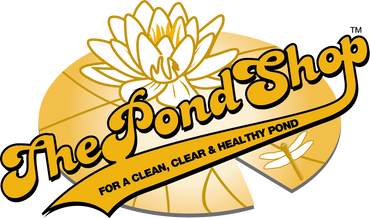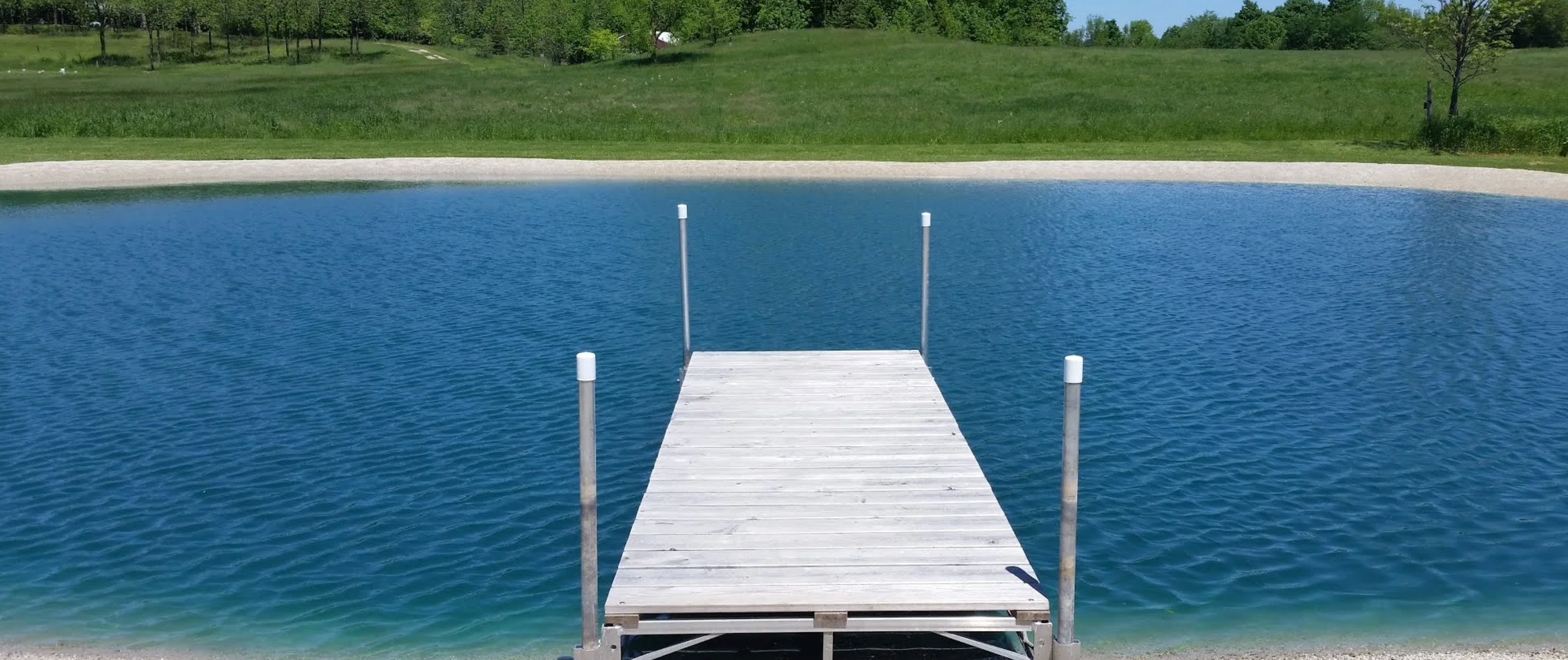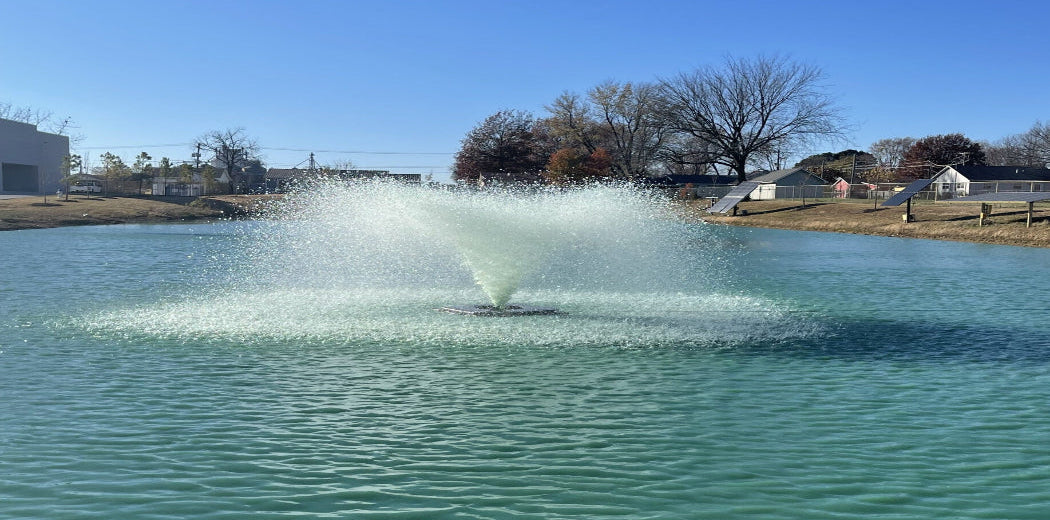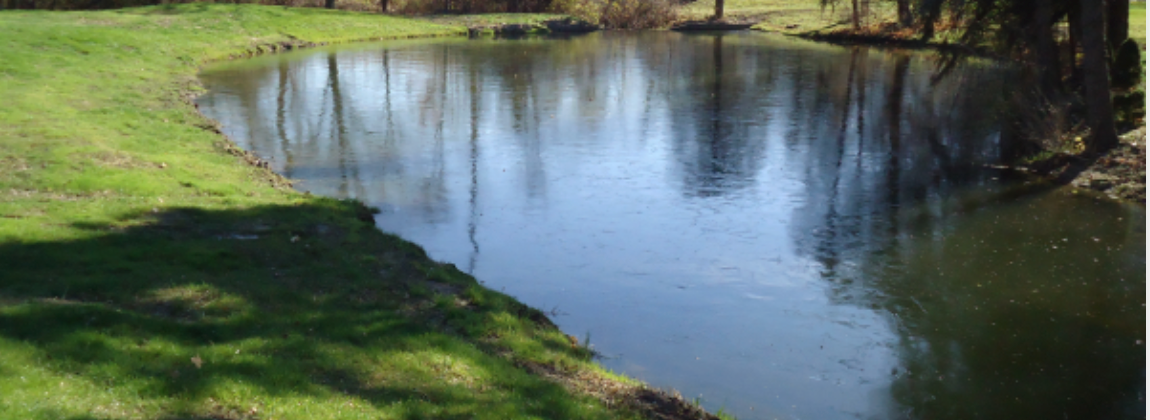When summer hits, it brings sunshine, warm temperatures, and long days—perfect conditions for algae to thrive in ponds and lakes. While a small amount of algae is normal and even beneficial in aquatic ecosystems, excessive growth can quickly lead to a range of problems for both wildlife and human enjoyment. Here’s a closer look at why algae issues become more common in the summer, what problems they cause, and how to manage them effectively.
Why Algae Blooms Occur in Summer
Algae are simple aquatic plants that rely on sunlight, warm temperatures, and nutrients to grow—all of which are abundant during the summer months. These conditions lead to rapid reproduction, especially when:
-
Nutrient levels are high – Phosphorus and nitrogen from lawn fertilizers, agricultural runoff, or decaying organic matter act like fuel for algae.
-
Water is stagnant – Poor circulation creates warm, still areas where algae can flourish.
-
Long daylight hours – More sun means more photosynthesis and faster growth.
Common Types of Algae
-
Green algae – The most familiar type, often forming mats or floating scum on the surface.
-
Filamentous algae – Also known as “pond moss,” this stringy variety clings to rocks and surfaces.
-
Blue-green algae (cyanobacteria) – This potentially harmful form can produce toxins that affect fish, pets, and even humans.
Problems Caused by Algae Overgrowth
-
Oxygen depletion – When algae die off and decompose, they consume large amounts of oxygen, which can lead to fish kills.
-
Water quality issues – Excess algae can create murky, foul-smelling water, making the pond less appealing.
-
Harmful algal blooms (HABs) – Some blue-green algae can release toxins that pose health risks for animals and people.
-
Clogged equipment – Algae can block pumps, filters, and fountains, making pond maintenance more difficult.
Strategies to Prevent and Control Algae
1. Reduce Nutrient Inputs
-
Limit fertilizer use near the shoreline.
-
Install buffer strips of native plants to filter runoff.
-
Remove dead vegetation and organic debris from the water.
2. Improve Circulation and Aeration
-
Use surface aerators or bottom-diffused systems to keep water moving and oxygenated.
-
Circulation discourages algae growth by disrupting stagnant areas.
3. Apply Pond Treatments
-
Beneficial bacteria help outcompete algae by consuming available nutrients.
-
Pond dyes can limit light penetration, slowing down algae photosynthesis.
-
Algaecides may offer quick results but should be used with care to avoid oxygen crashes.
4. Regular Maintenance
-
Skim off floating algae and debris.
-
Monitor nutrient levels and water clarity.
-
Inspect and clean equipment regularly.
A Balanced Approach Works Best
Preventing and controlling algae is not about eliminating it entirely, but rather keeping growth in balance to maintain a healthy aquatic environment. With a combination of proper pond management practices and proactive care, you can enjoy a clearer, healthier pond or lake all summer long.
Need Help With Algae Management?
Whether you're a pond owner, property manager, or just looking to improve your lake’s health, we can recommend eco-friendly solutions tailored to your waterbody’s unique needs. Reach out to learn more!



